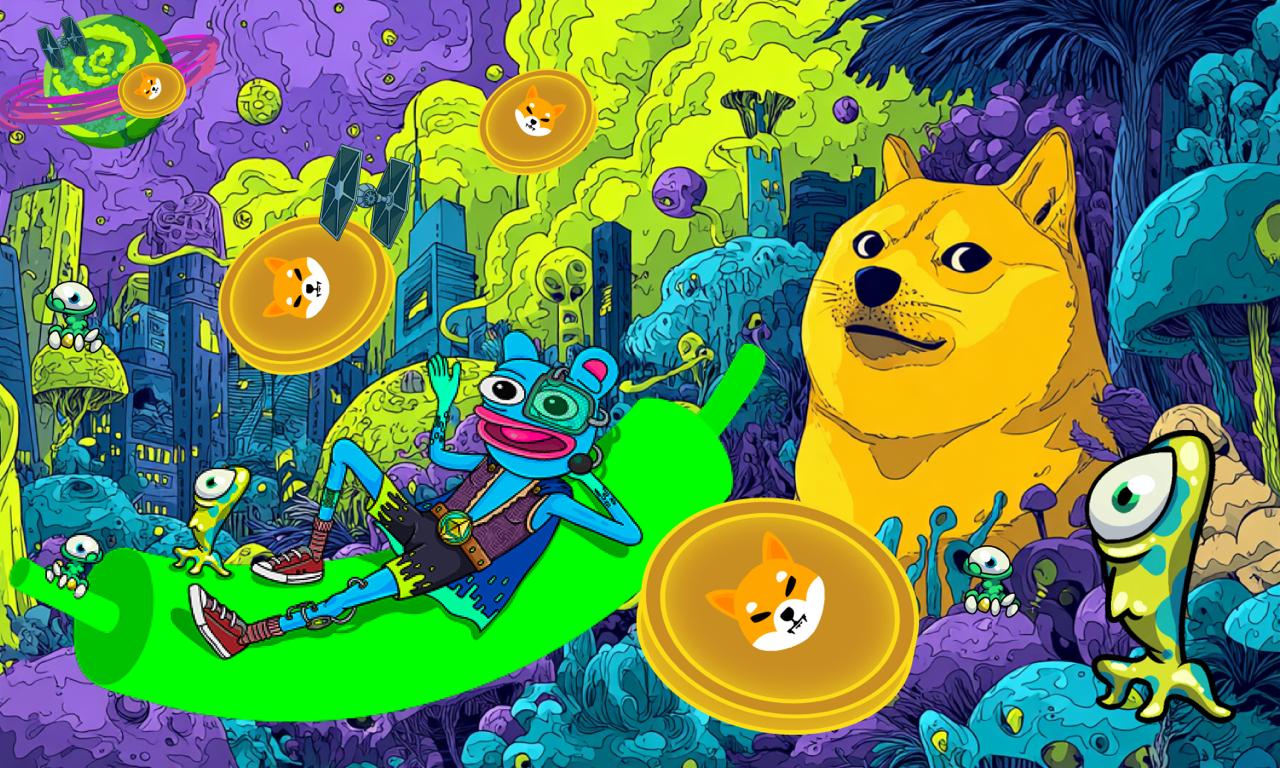Coinbase Rolls Out USDC Lending Feature with High Yields for Customers
TLDR
- Coinbase launches USDC onchain lending with yields of up to 10.8% through Morpho and Steakhouse Financial.
-
USDC lending feature is available in select markets with a wider rollout planned soon.
-
The feature offers higher yields than Coinbase’s existing “USDC Rewards” program.
-
Coinbase integrates DeFi with a user-friendly interface to simplify lending for mainstream users.
Coinbase has launched a new onchain lending feature for its users, allowing them to earn yields of up to 10.8% on USDC deposits. This feature is powered by the decentralized lending protocol Morpho, with liquidity managed through curated vaults by Steakhouse Financial on the Base blockchain, a Layer 2 solution developed by Coinbase. The launch marks a significant step in Coinbase’s ongoing integration of decentralized finance (DeFi) with its centralized exchange platform, offering users an easy and accessible way to engage with DeFi markets.
This new offering is designed to be accessible for mainstream users while leveraging the benefits of decentralized protocols behind the scenes. Users can deposit their USDC into the service, where it is lent out to borrowers, including those already using Coinbase’s crypto-backed loan service. Coinbase facilitates the process, ensuring that users can earn yield immediately upon deposit, with the flexibility to withdraw their funds at any time, subject to liquidity.
Lending USDC for Higher Yields Than ‘USDC Rewards’
Coinbase already offers a “USDC Rewards” program, where users can earn up to 4.5% annual percentage yield (APY) by holding USDC in their accounts. However, this new onchain lending feature offers a far higher yield of up to 10.8%.
While “USDC Rewards” is part of Coinbase’s customer loyalty program, where payouts are funded by the company’s marketing budget, the onchain lending feature allows users to earn yield directly from the DeFi ecosystem, making it a more profitable option for users willing to engage with the decentralized finance sector.
The new service is designed to attract both experienced DeFi participants and those who are new to the space. By using a familiar interface within the Coinbase app, users can participate in the decentralized lending markets without having to navigate complex DeFi platforms. This approach allows Coinbase to simplify access to DeFi products, offering a bridge between traditional finance and decentralized finance.
DeFi Integration Through Morpho and Steakhouse Financial
The USDC onchain lending feature is powered by Morpho, a decentralized lending protocol, and managed through onchain vaults curated by Steakhouse Financial. Morpho facilitates the lending process by routing funds across various lending pools, ensuring that the returns are optimized for users.
This collaboration marks another milestone in Coinbase’s ongoing efforts to build a comprehensive onchain ecosystem for both lending and borrowing.
“By partnering with Morpho and Steakhouse Financial, Coinbase can offer high yields while maintaining the security and familiarity of its platform,” a Coinbase spokesperson stated. The integration of these decentralized finance protocols allows Coinbase to expand its DeFi offerings while ensuring that users can still enjoy the streamlined experience the platform is known for.
Coinbase Global Rollout and Future Plans
Coinbase has begun rolling out the USDC lending feature to users in select markets, including the U.S. (excluding New York), Bermuda, Hong Kong, the UAE, New Zealand, the Philippines, Taiwan, and South Korea. A broader rollout is planned in the coming weeks, depending on regional regulations and market conditions. This service is expected to help Coinbase attract more users to its platform by offering higher yields and a more direct connection to the onchain economy.
This feature is part of Coinbase’s broader strategy to deepen its engagement with DeFi and bridge the gap between traditional finance and the rapidly evolving decentralized finance ecosystem. By offering users the ability to lend USDC directly onchain, Coinbase is positioning itself as a key player in the ongoing evolution of the cryptocurrency and blockchain space.
The post Coinbase Rolls Out USDC Lending Feature with High Yields for Customers appeared first on CoinCentral.
You May Also Like

The “100% Win Rate Whale” has completely closed its BTC long position, making a profit of $1.4 million

‘Code Is Law’ documentary nails the drama of DeFi hacks — despite what it leaves out
